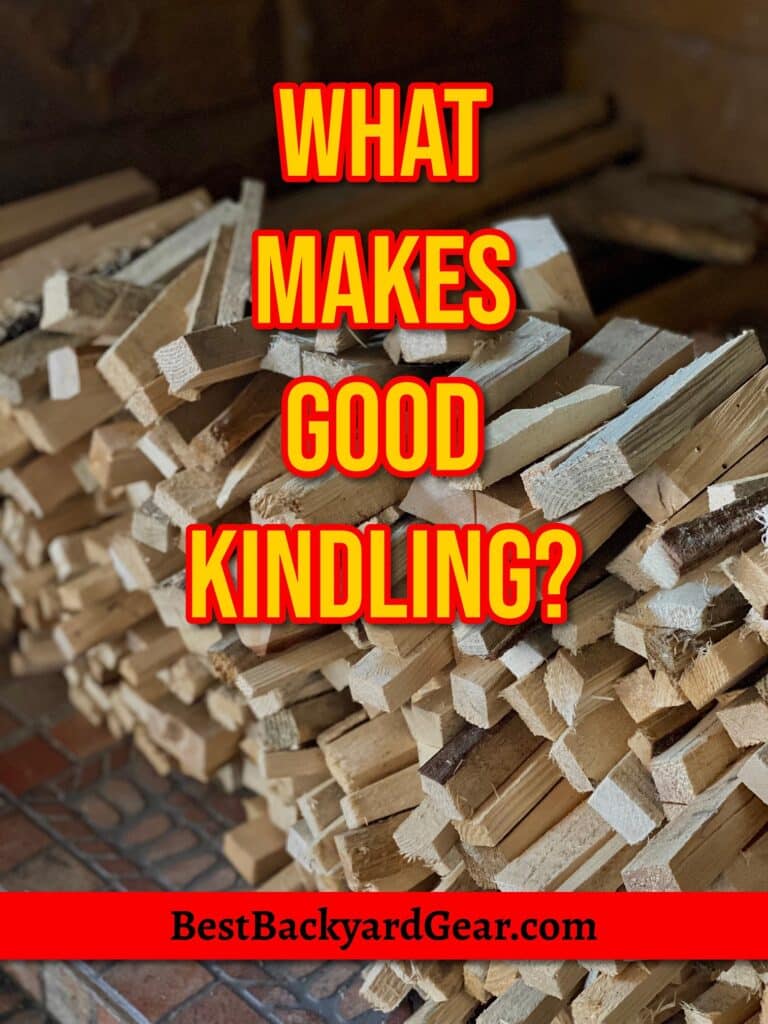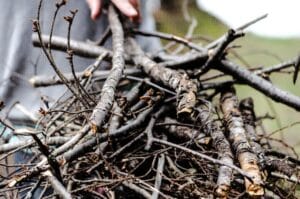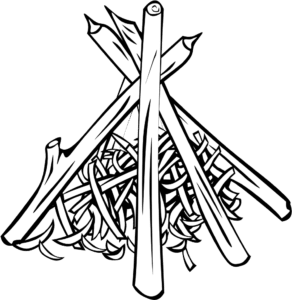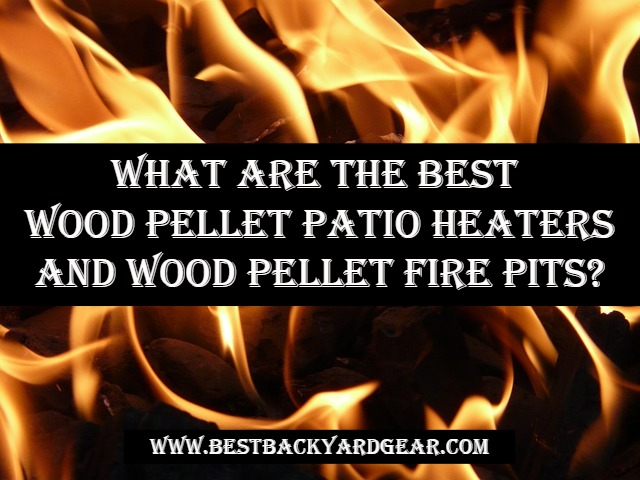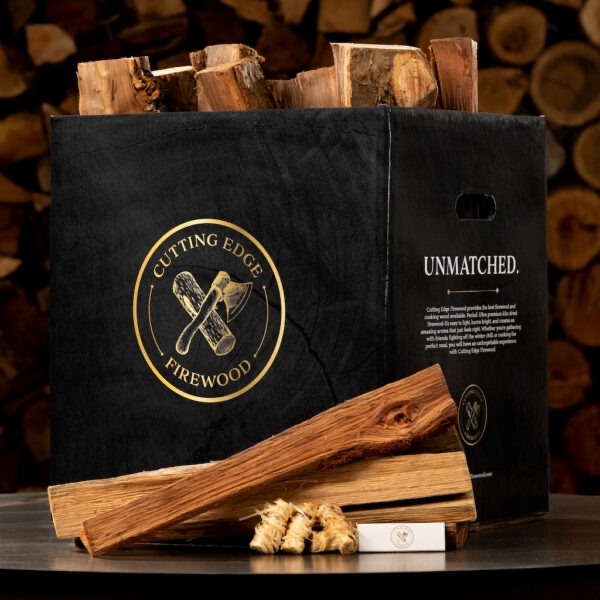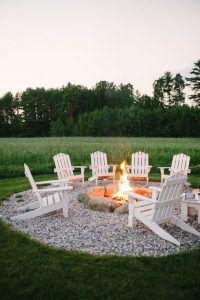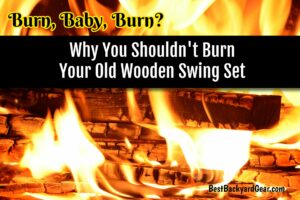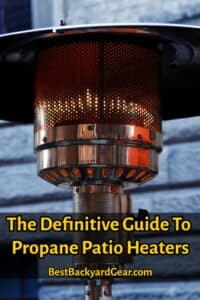Picture this: you’re standing in front of your firepit, ready to start a cozy fire on a chilly evening. You’ve got your logs and matches at the ready, but wait… what about the kindling? The key to getting that fire started quickly and easily is good kindling.
But what makes good kindling?
Good kindling is dry, porous, small, and has the right resin content – and it’s crucial if you want to make fire building quick and easily. Softwoods like pine and cedar make excellent kindling, while hardwoods like oak and maple can provide longer burn time. You can find good kindling at local stores, nurseries, sawmills, and even in your own yard or nearby wooded areas.
What Is Kindling? And Why Is It Important?
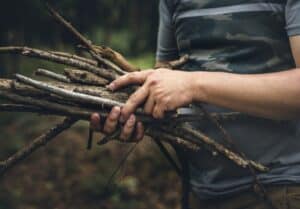
You need kindling because in most cases, you can’t simply flick a match to a larger log and get it burning heartily. You need a some small sticks, twigs, or other easily combustible materials (kindling), and arranging it in such a way to allow for good airflow (oxygen) will get a minor but serious enough flame to ignite the larger logs on fire.
Good kindling is important because it makes starting a decent fire quite easy. How so? It builds enough heat and flames to ignite larger logs (which is your ultimate goal). How? Kindling helps create a proper airflow for baby flames to grow into bigger ones, which you need if you want to have a steady and efficient burn of a good sized log.
If you don’t have enough kindling, or if you have poor quality kindling, you’ll find starting a fire is rather tricky. Damp or rotten kindling likely won’t even light at all, and if you don’t use the proper amount, you’ll have a smoldering or smokey fire.
Characteristics Of Good Kindling
How do you know what good kindling is, on sight? You want to look briefly at 4 characteristics:
- Dryness
- Porosity (or Density)
- Size
- Resin Content.
1. Dryness
Wet or damp kindling can be frustratingly difficult to ignite, and may produce a lot of smoke. How can you tell if your kindling is dry? Look for pieces that are light in weight, have a rough texture, and make a hollow sound when tapped together. You can also do a quick test by snapping a piece of kindling in half – if it snaps easily, it’s likely dry. To keep your kindling dry, store it in a covered container or under a tarp, and if you can, keep it off the ground and away from any moisture.
2. Porosity (or Density)
When we’re talking about porous kindling, we’re referring to the pores or tiny holes in the wood makeup. Pores allow air to flow through the wood, and the more porous the wood, the hotter and more efficient the fire is. How can you tell if your kindling is porous? Look for pieces that have visible pores or grain lines, or small holes, which indicate that the wood can allow air to pass through. Examples of more porous woods include pine, cedar, and spruce.
On the flip side, we have density – very few pores, or tight grains. Some examples of highly dense wood would be oak or maple. The advantage of using dense wood as kindling is that once it’s lit, it burns for a longer time. The ideal kindling will strike a balance between density and porosity – some examples would be ash or birch.
3. Size
As far as size goes, when it comes to good kindling, size definitely matters. Kindling that is too large can be tricky to ignite, while kindling that is too small may burn out too quickly to be useful in igniting your larger pieces of wood. What is the ideal size for kindling? The thickness of your thumb or smaller is about right. When gathering kindling, keep an eye out for smaller branches, twigs, or other wood scraps that are around this size. If you have larger pieces of wood, you can break them down into smaller sizes using a hatchet, saw, or even just snap them with your hands.
4. Resin Content
Another important characteristic of good kindling is the resin content. Resin, which is a sticky substance found in certain types of wood, can be incredibly helpful when starting a fire because it’s highly flammable. How do you spot kindling with high resin content? Look for wood that has an oily, shiny or sticky surface – that’s nearly always resin. Some examples of woods with high resin content include pine, fir, and spruce.
NOTE: Resin can be really helpful for starting fires, but if you’re cooking over those flames, you’ll probably discover that it can create a lot of smoke and may even affect the taste of your food (so you might want to use wood with less resin as kindling in that case).
Types Of Good Kindling
What are the different types of good kindling you can get? Generally you can use softwoods or hardwoods, but there are also some other flammable materials that will work fairly well as well.
Softwoods
Softwood are your best bet for getting a fire lit quickly. Softwoods are less dense (or more porous) types of wood, and often you’ll find resin on the bark or wood grains. As these dry a lot faster typically than hardwoods, they are pretty commonly for sale at park camp stores, or places where you buy kindling that’s stacked outdoors, where dampness can be an issue they deal with.
Some examples of softwoods commonly used for kindling are pine, spruce, and fir.
If you want to identify kindling that is softwood kindling, look for wood that is a lighter color, with visible resin. Often softwood kindling is smaller in size.
 Hardwoods
Hardwoods
Hardwoods can be good kindling as well, but these are best if you are wanting a very hot, non-smokey fire to cook over. Hardwood is usually denser and has less resin than softwoods, and as such, it may be slightly harder to light this kindling, but it’s doable.
Some examples of hardwoods that can be used as kindling would be maple, oak, and hickory.
If you want to find hardwood kindling, look for pieces of wood that are a bit heavier, have closer grain patterns, and are a bit larger in size. You may find this type of kindling on sale at hardware stores.
Other Materials
Besides wood, you can also use some other flammable materials as kindling. Some examples would be dried leaves, twigs from the nearby forest, cardboard (ideally not with a film or heavily printed on), and rolled up newspaper “logs”.
Often these are both free items and easy to find, which is great, but the downside of them is that they often don’t burn as long or produce as much heat as softwoods and hardwoods. They can also be slightly damp, and it can be tricky to get them lit “enough” to use their flames to catch a heavier log on fire.
Where To Get Good Kindling
If you want to build a supply of kindling for your campfires, wood stoves, or bonfire pits, if you’re up for some manual labor, you can take dried logs you have on hand (bigger firewood pieces) and split them up into smaller pieces using a log splitter, hatchet, or saw.
You can also collect kindling from fallen branches or twigs in your own yard or neighborhood. (If you go into public wooded areas or parks, check local regulations – you might have to have a permit to collect firewood there.)
Your own house will have some non wood kindling options as well – think cardboard egg cartons, old newspapers, etc. You’ll find plenty for starting the occasional backyard bonfire.
Key Takeaways
In conclusion, selecting the right kindling is essential for starting successful fires. Good kindling is characterized by dryness, porosity and density, size, and resin content.
Softwoods like pine and cedar tend to be more porous and are good kindling options for lighting fires quickly, while hardwoods like oak and maple can provide a longer burn time.
You can find good kindling at local hardware stores, nurseries, firewood suppliers, sawmills, and even in your own yard or nearby wooded areas.

